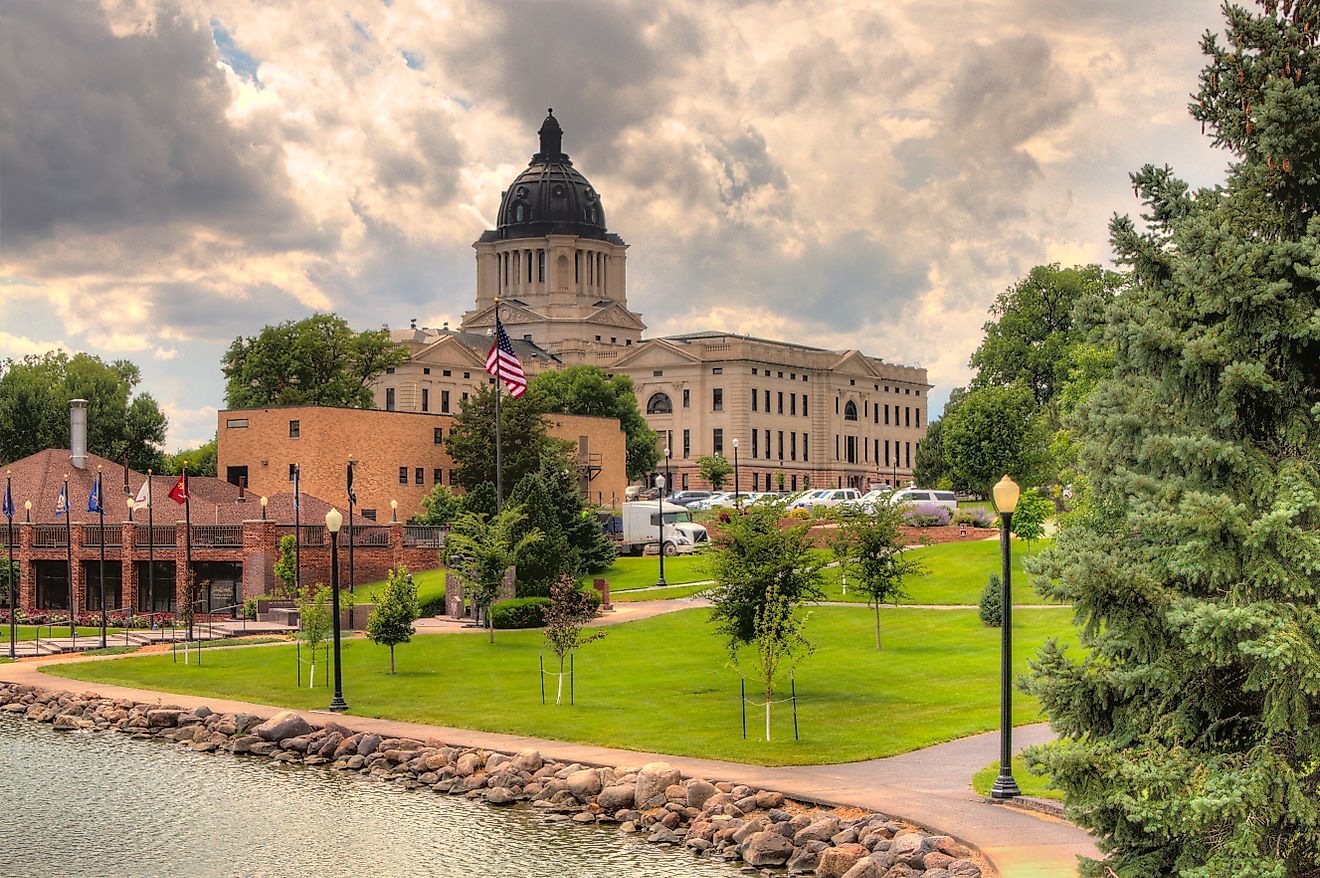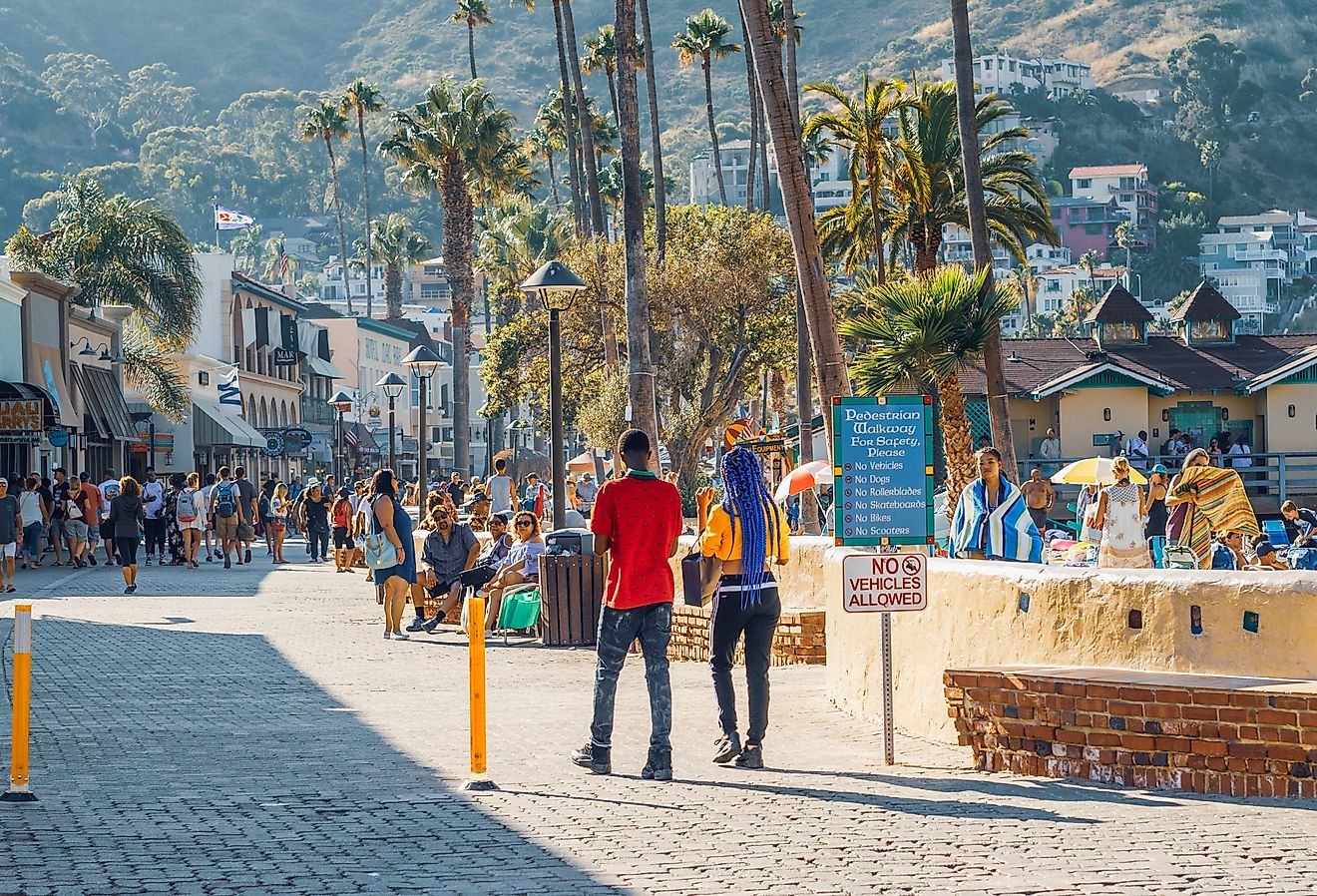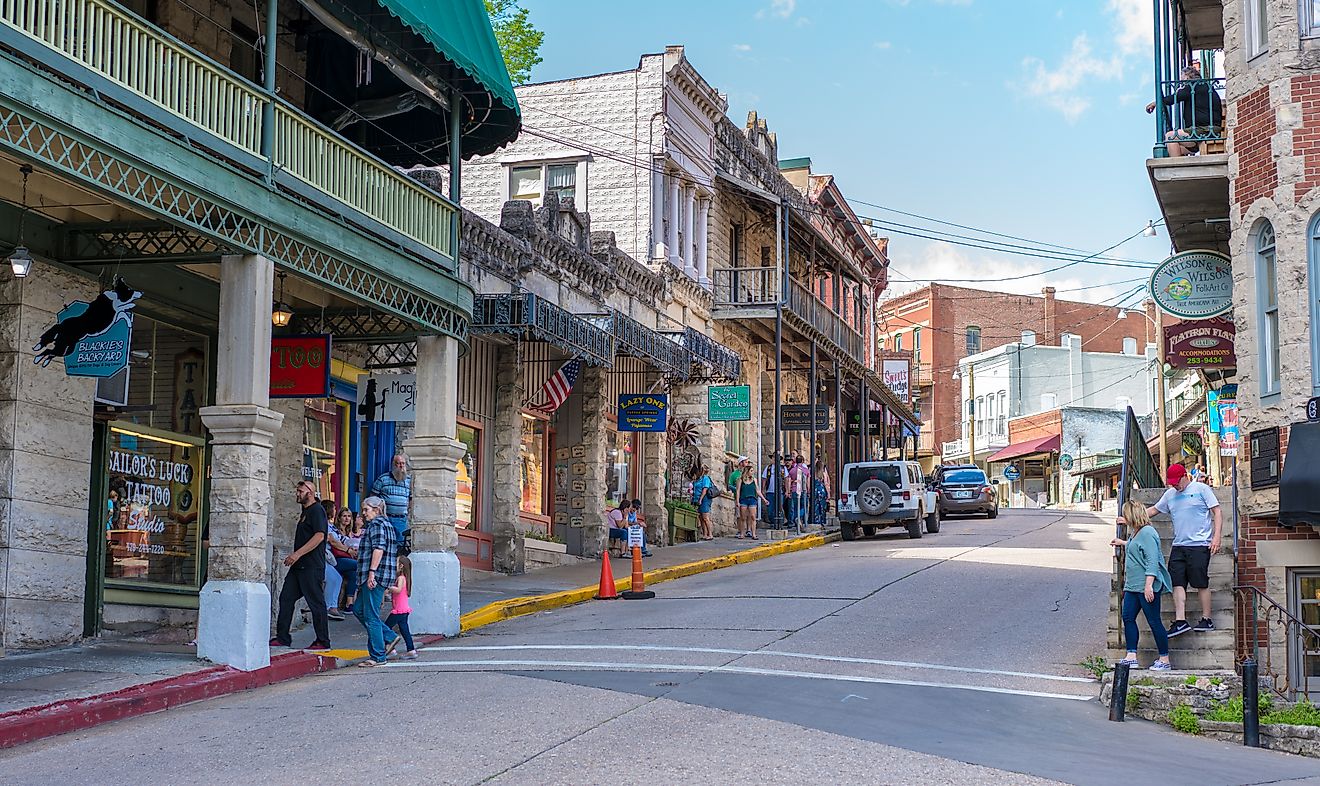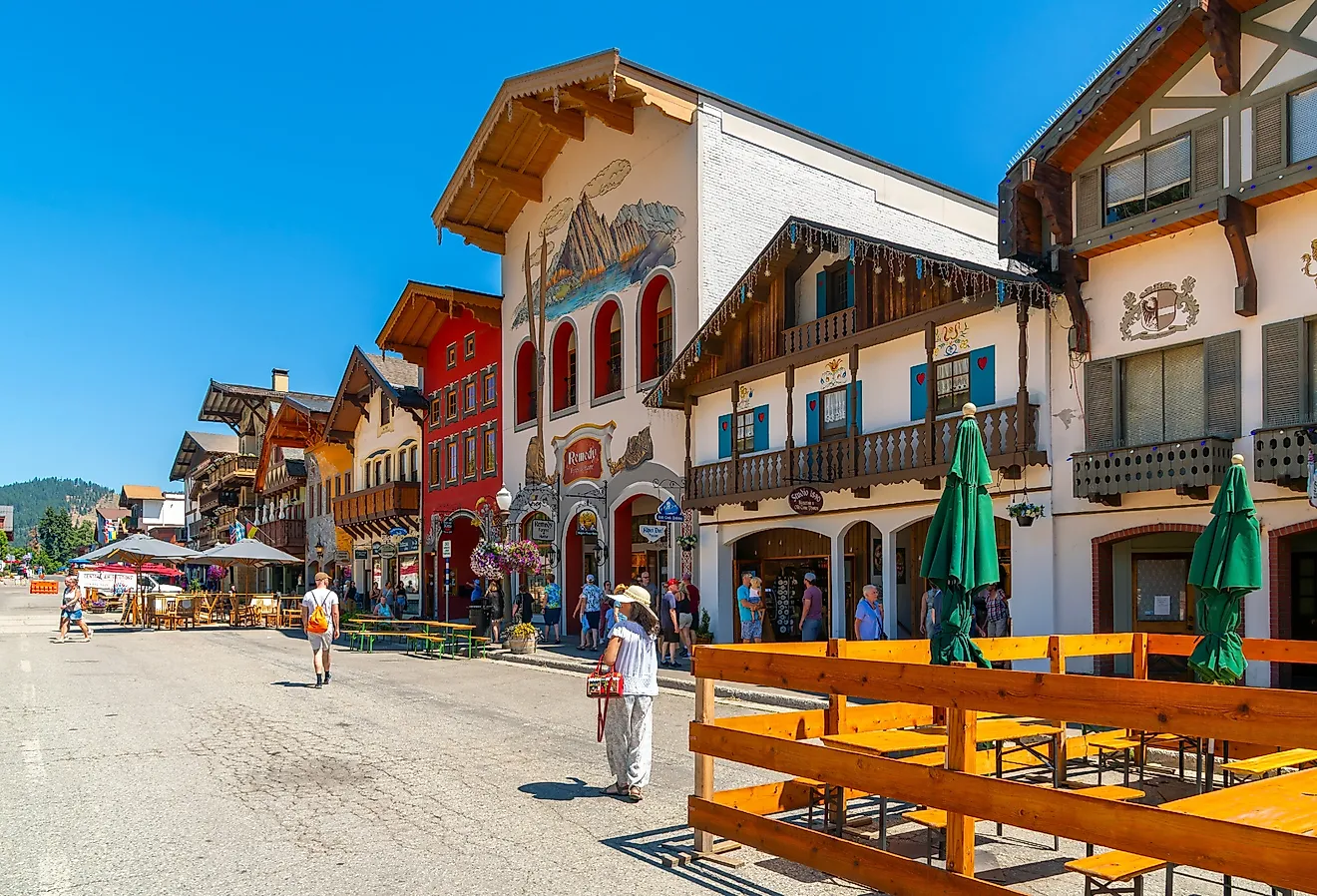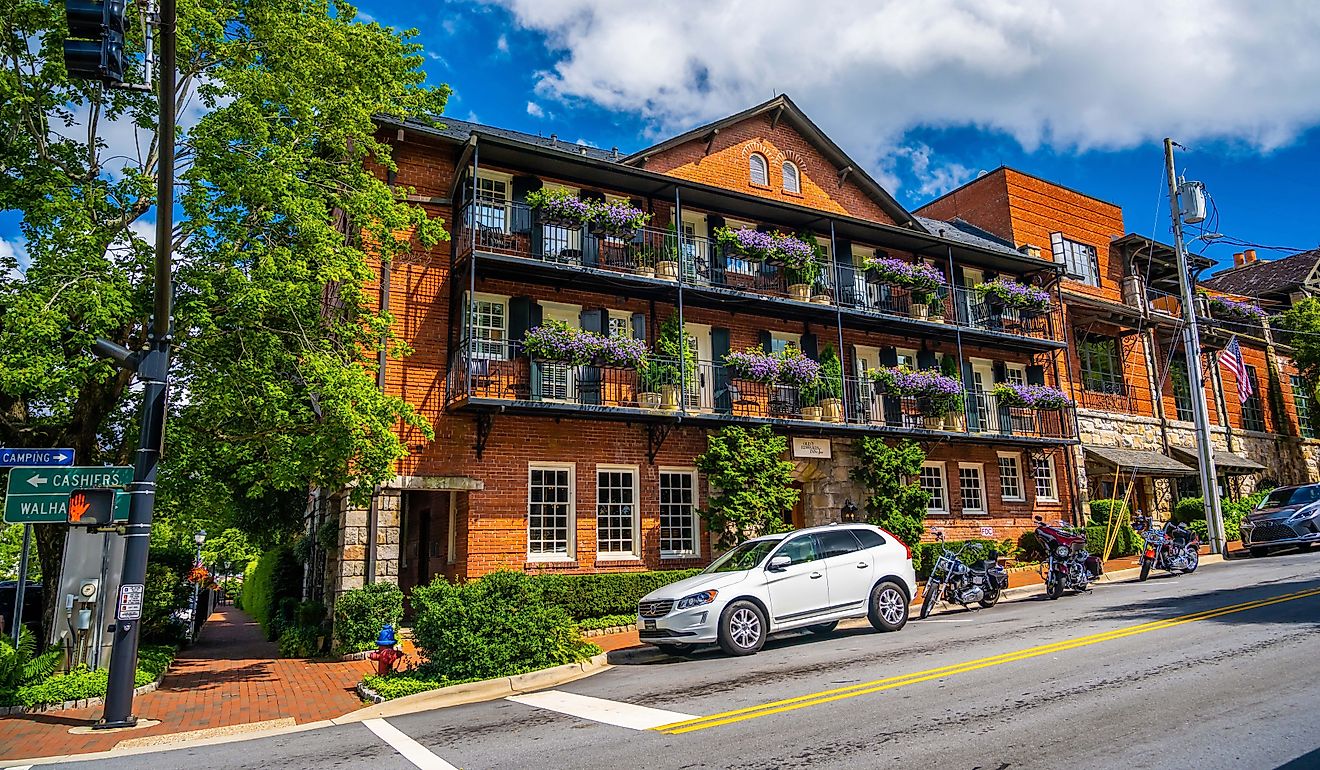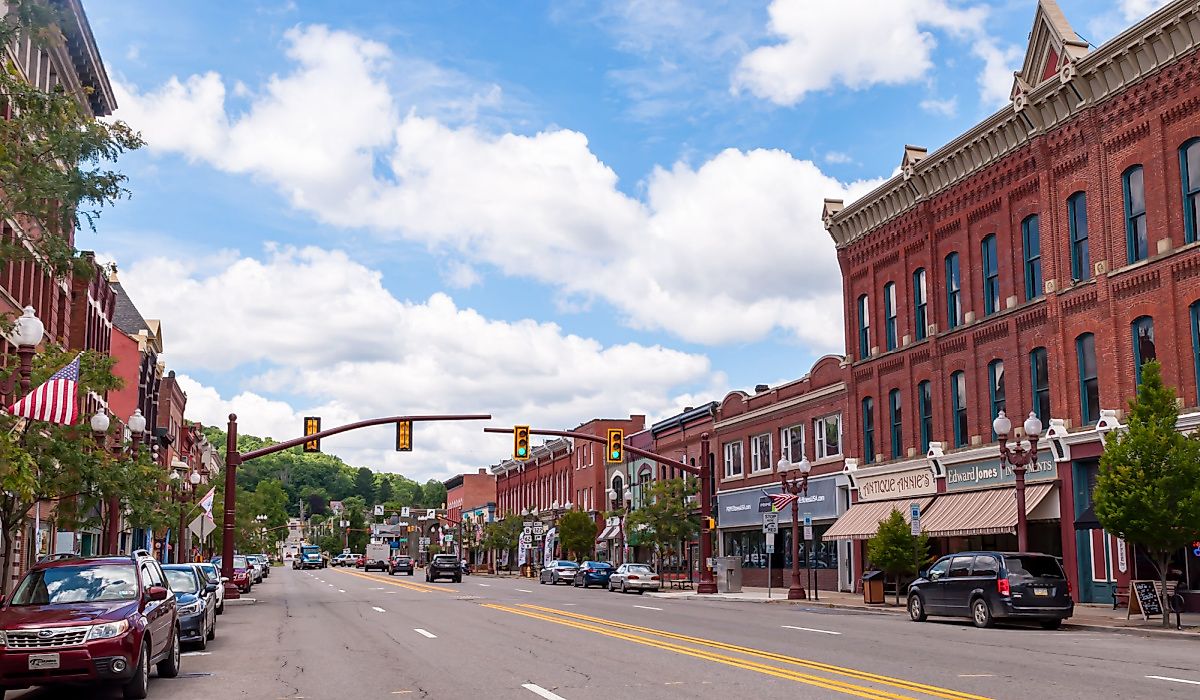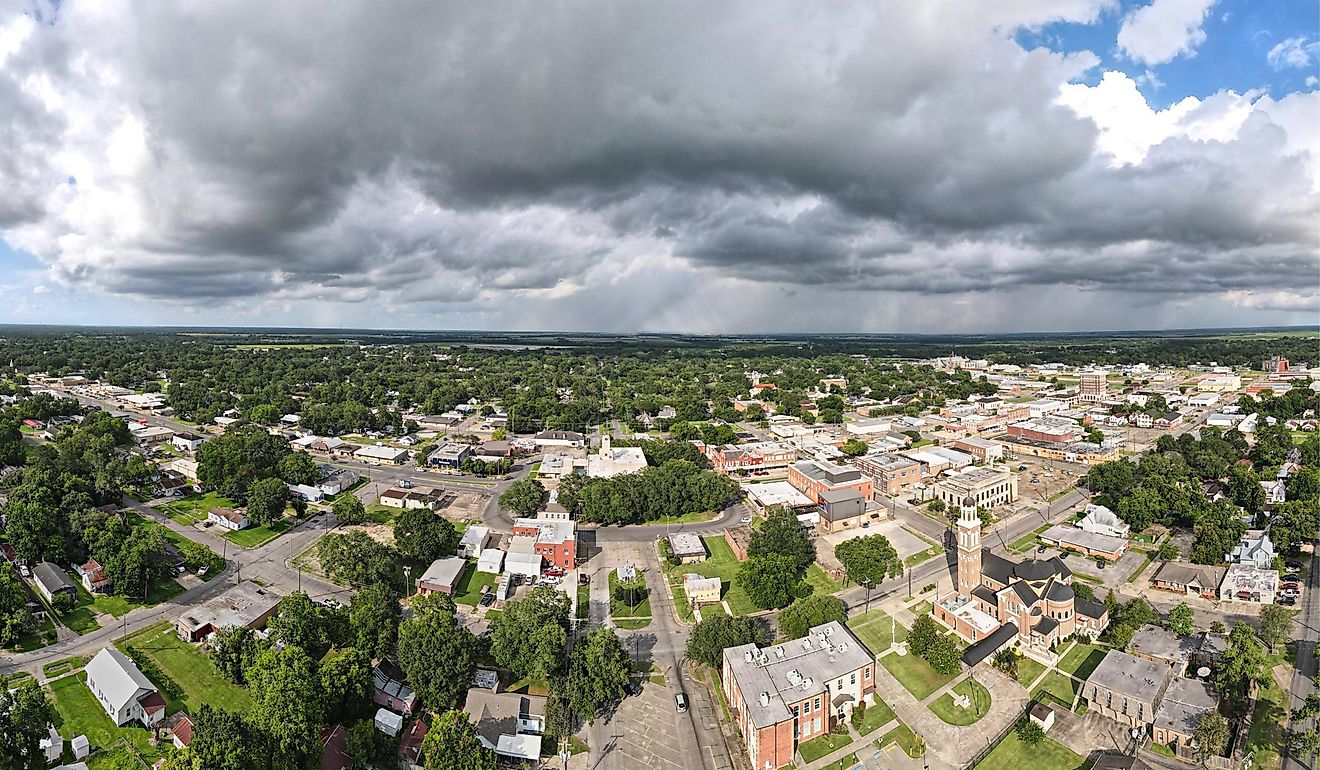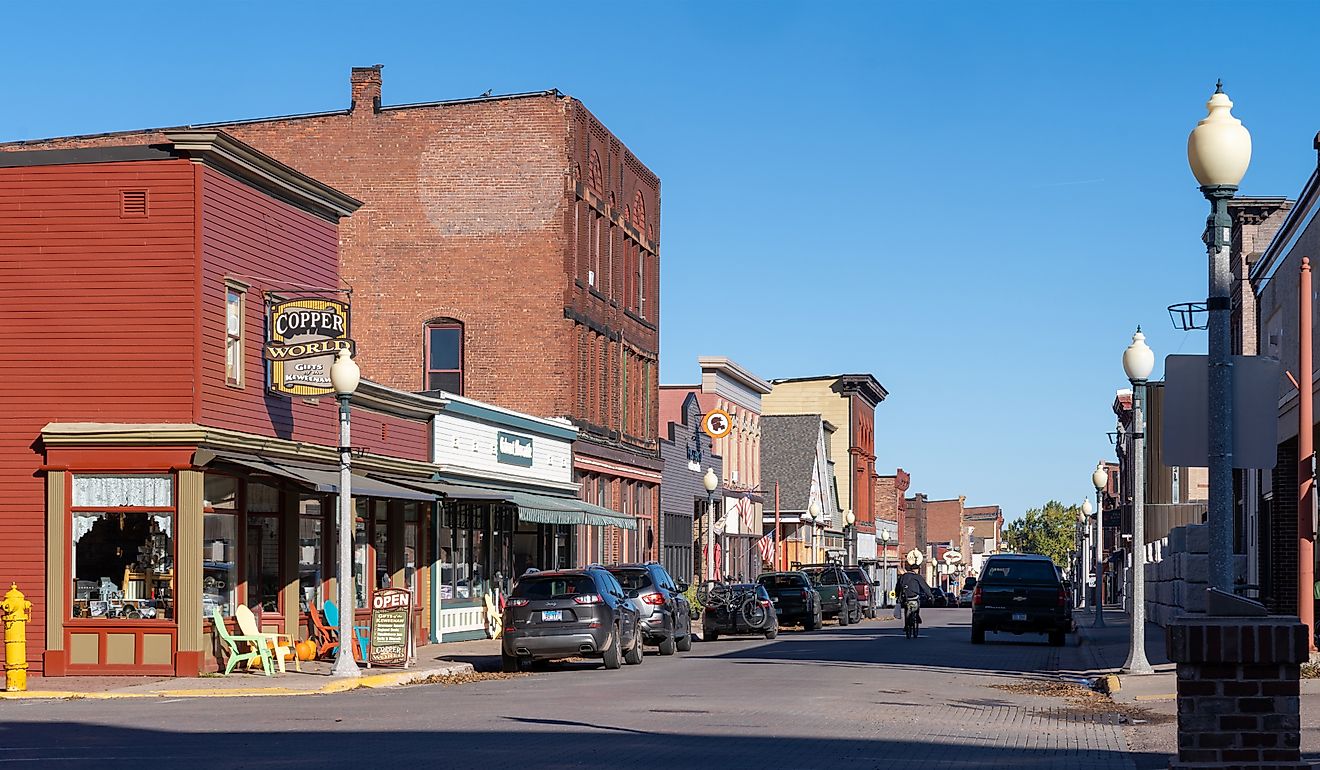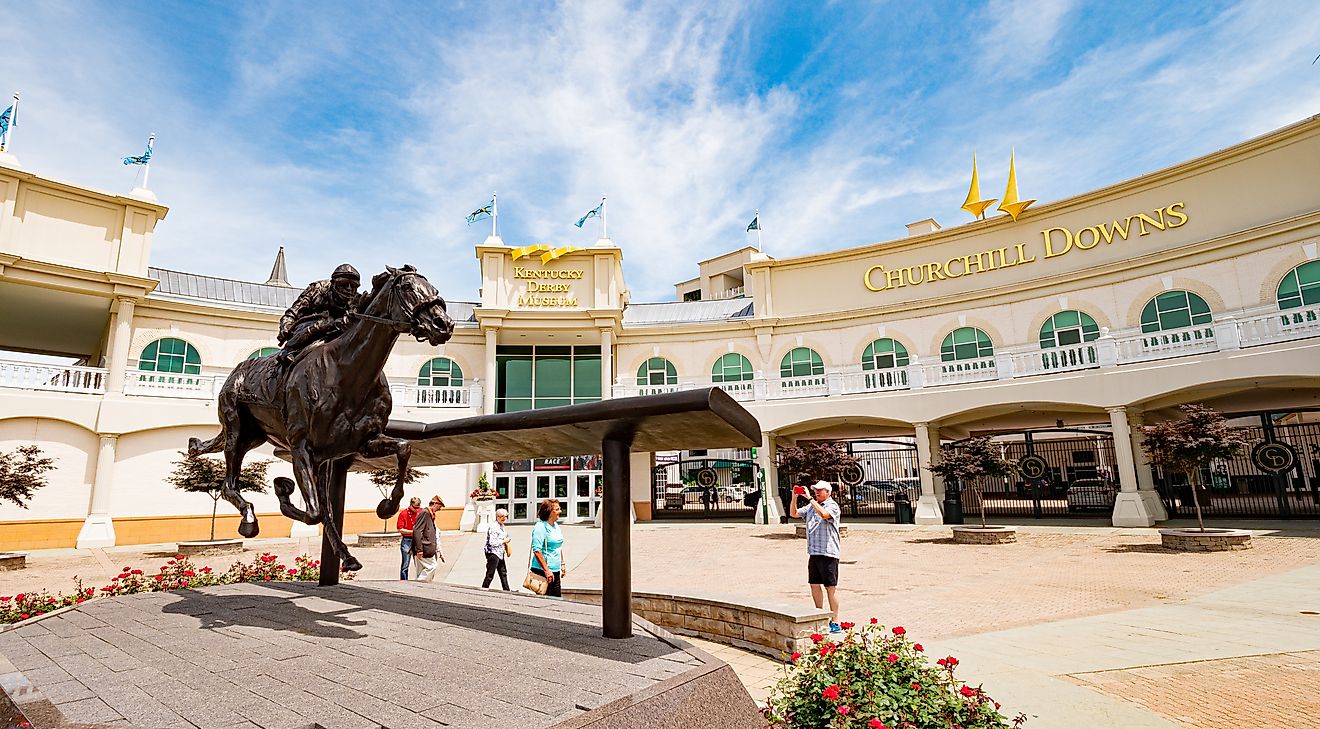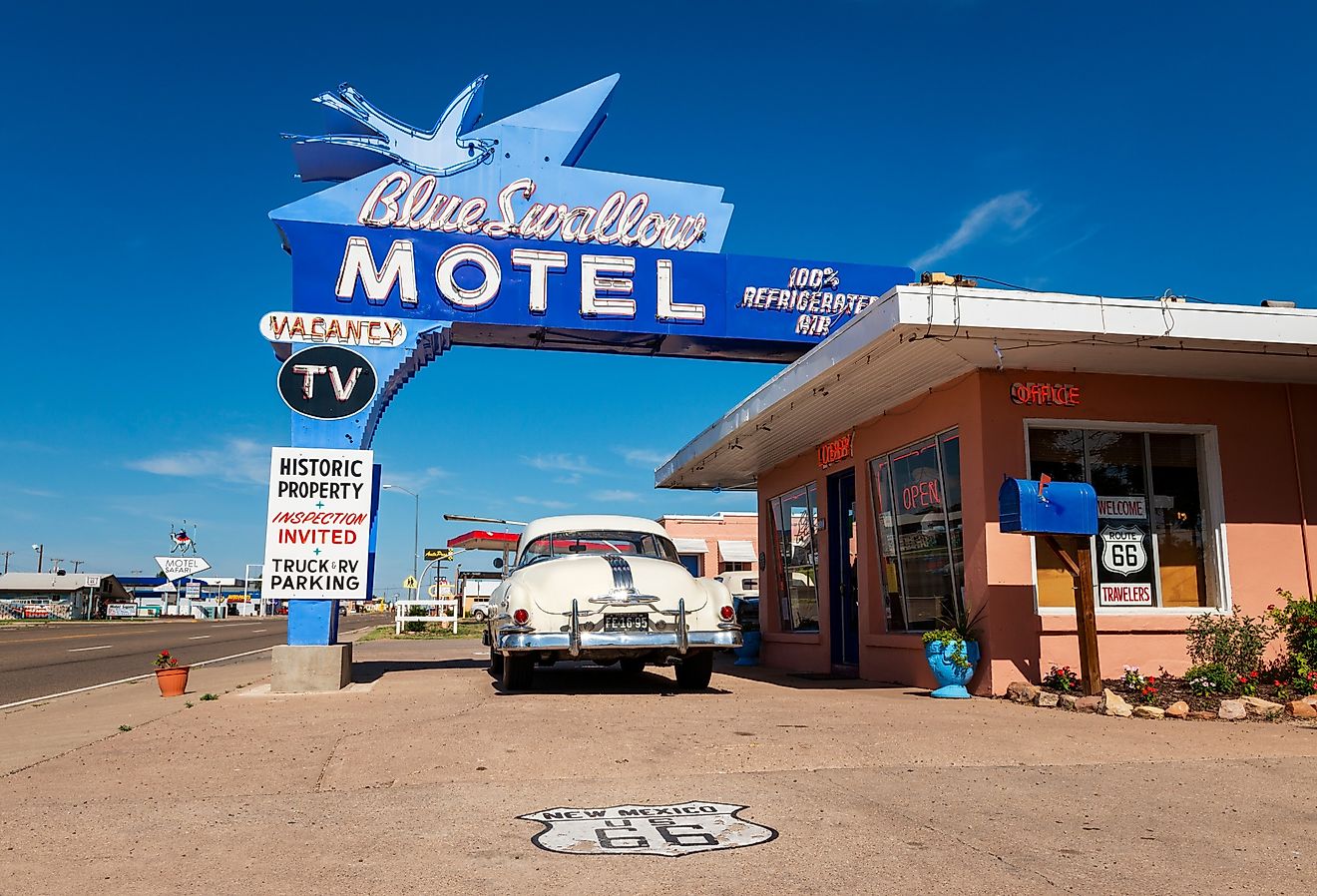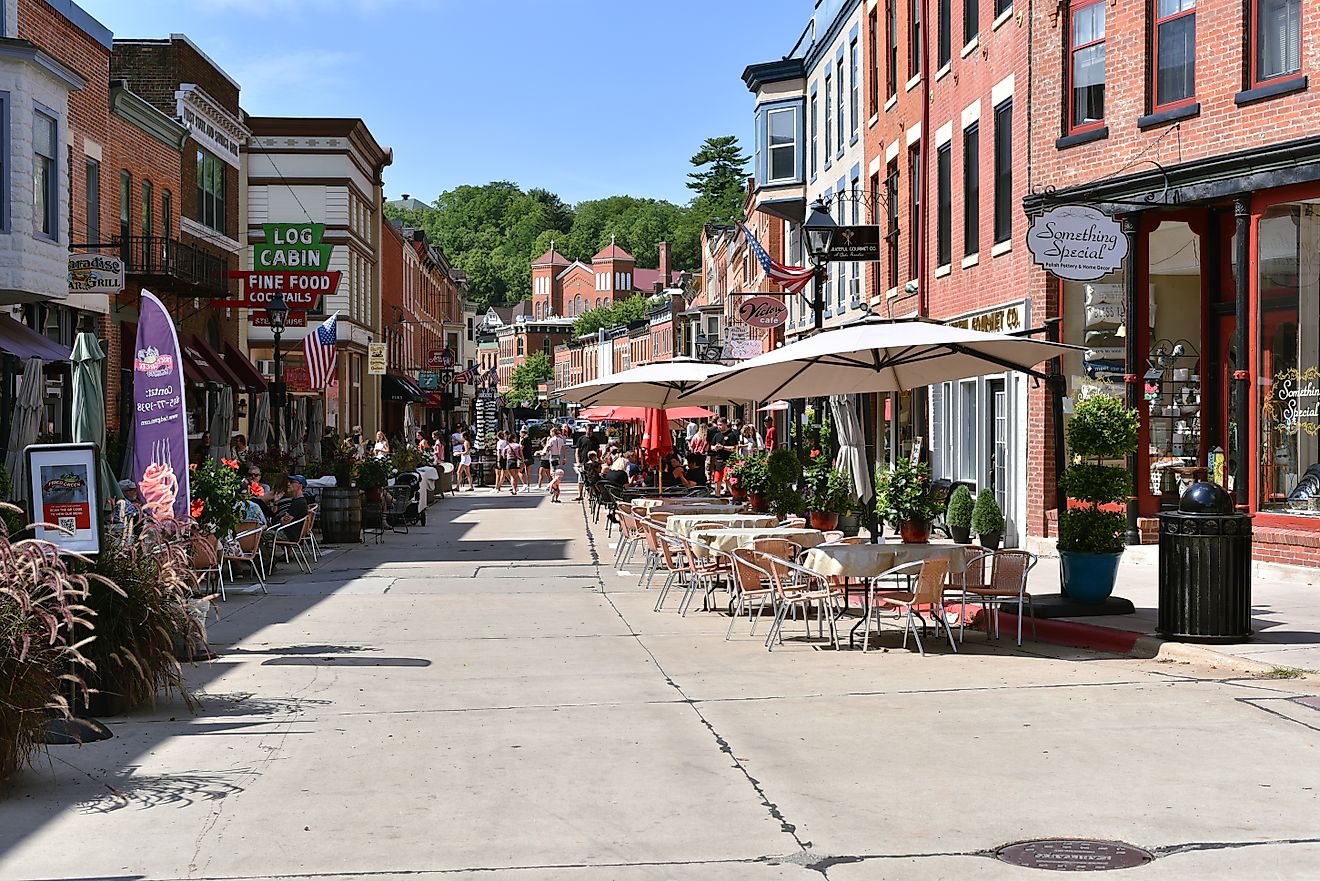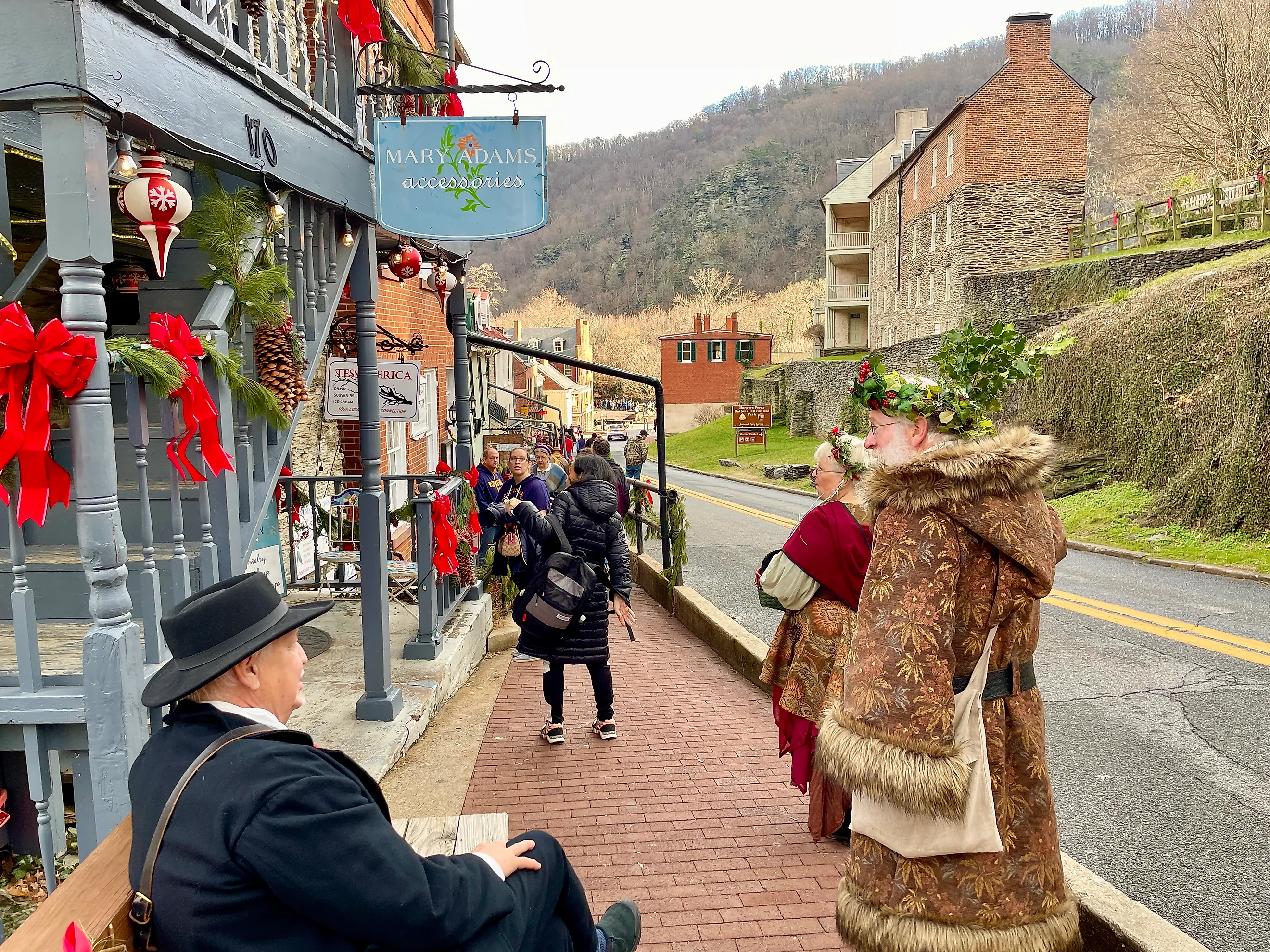
These 6 West Virginia Towns Have The Best Historic Districts
West Virginia’s journey as a state started in 1863, right in the thick of the Civil War. Those who braved the frontier started carving out the area’s first chapter, and eventually, coal mining, along with the railroads, worked together to link its terrain to America’s booming economy. That story remains visible in its towns, where historic districts are home to the buildings left behind from days long gone. In some places, the layout dates back to colonial times. In others, the structures date to the coal and rail era. While West Virginia boasts numerous historic places, these six towns in particular have some of the state's finest landmark districts.
Hinton
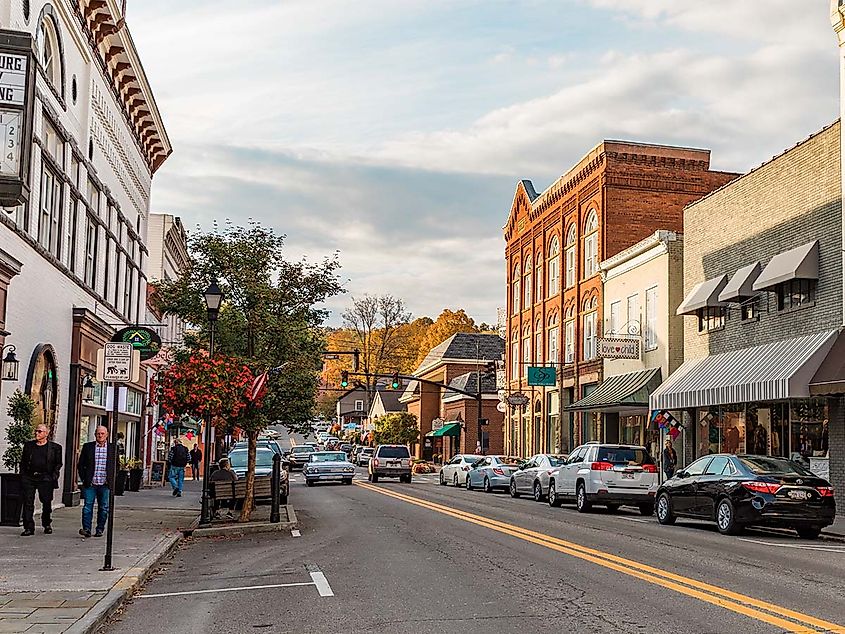
The town of Hinton gained prominence in the 1870s, following the expansion of the Chesapeake and Ohio Railway into the area. These days, its preserved downtown area is an excellent reflection of the town's character, and you can see a whole collection of heritage buildings lining the streets. The Summers County Courthouse is easily identifiable by its red brick walls and turrets. The Hinton Railroad Depot, a notable contributing building within the National Register-listed Hinton Historic District, also remains as a well-kept piece of the town’s rail history.
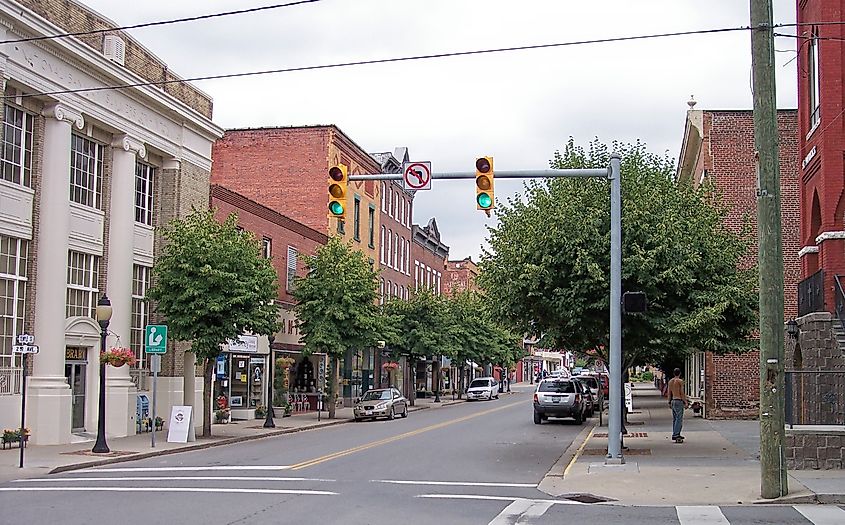
Want a touch of movie magic or some music? The Ritz Theatre, built in 1929, continues to showcase movies and live performances for everyone to enjoy. Or, if you are itching for something more hands-on, the Hinton Railroad Museum showcases a wealth of historical information on how trains helped shape daily life here. At Bellepoint Park, not far from where the New and Greenbrier Rivers come together, there are broad views of the water and hills that once drew the railroad to Hinton and shaped the town’s rise.
Shepherdstown
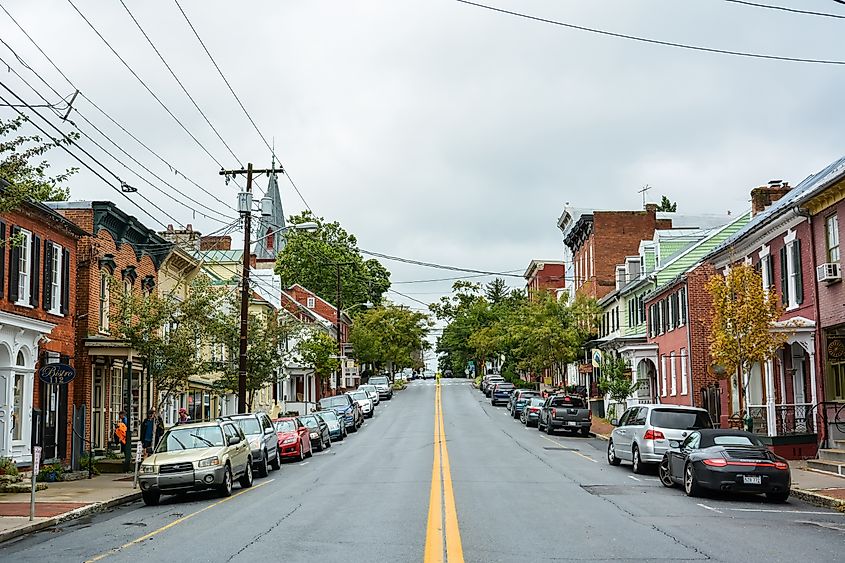
In September 1862, following a series of bloody Civil War battles, injured soldiers flooded into town, leaving Shepherdstown with a lasting connection to Civil War history. The Shepherdstown Historic District makes that possible, thanks to the rows of brick and stone spots lining German Street. The Entler Hotel stands out as a significant draw in the district, having been transformed into a museum that tells the story of the town, featuring artifacts from its early colonial days and the Civil War.
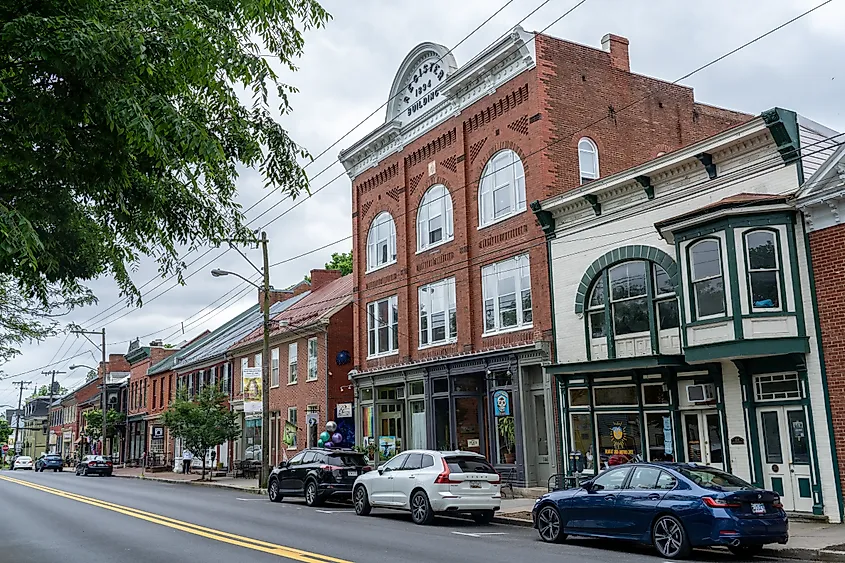
Beyond the district, you will find plenty more worth checking out. The Shepherd University campus sits next to McMurran Hall, which was once briefly a courthouse, still standing tall with its beautiful clock tower and bold front columns. At the edge of town, the Rumsey Monument commemorates James Rumsey and highlights the significance of his steamboat innovations, which paved the way for steam navigation in this region.
Lewisburg
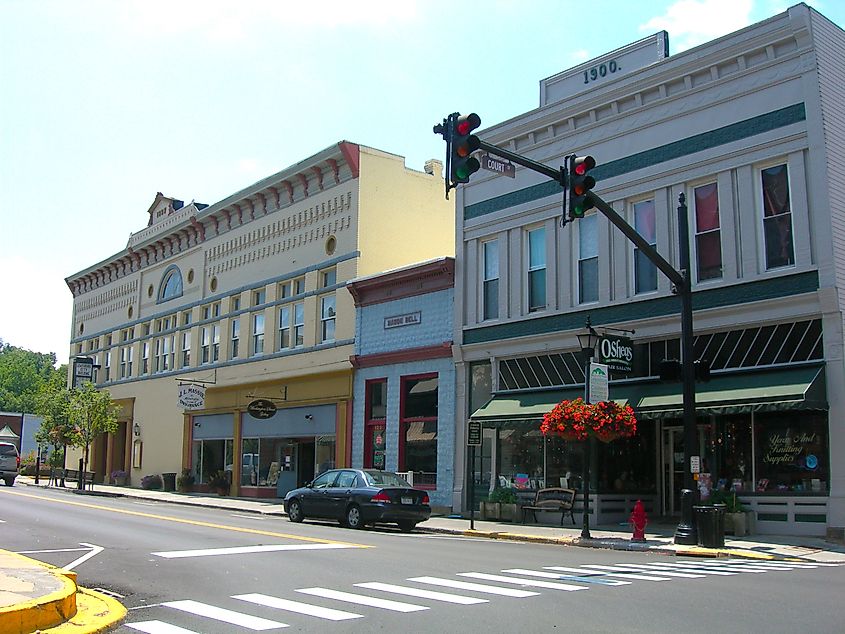
Roughly an hour east of Beckley, Lewisburg still feels like a place where frontier roots and Civil War history meet. Packed around Washington Street, the Historic District features hundreds of buildings; some are classic wood homes, while others show off well-aged brick construction. Additionally, it features the Old Stone Presbyterian Church, showcasing the rich history of the local area. Built in 1796, it is known as one of the oldest churches still standing west of the Allegheny Mountains, and the place was briefly a Civil War hospital.
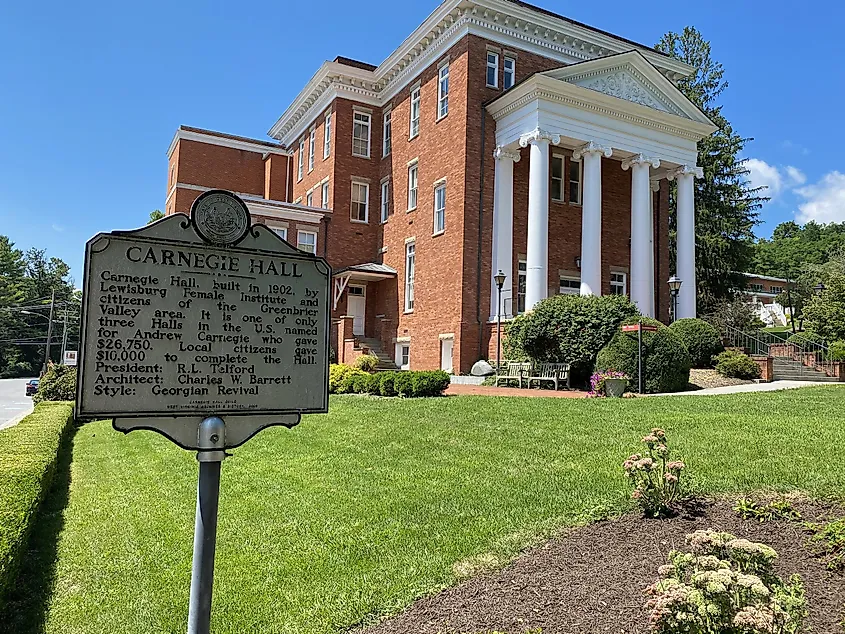
Additionally, Carnegie Hall has been operating since 1902 and ranks as one of the few Carnegie Halls across the country still in operation, hosting concerts and art exhibits that connect local music directly to the region’s stories. Step beyond the heritage zone to the North House Museum, where Greenbrier Valley’s history comes to life through frontier gear and vintage décor. Need a place to pause and relax? The General Andrew Lewis Park stands on what was once Camp Union, where troops came together before the 1774 Battle of Point Pleasant.
Fayetteville
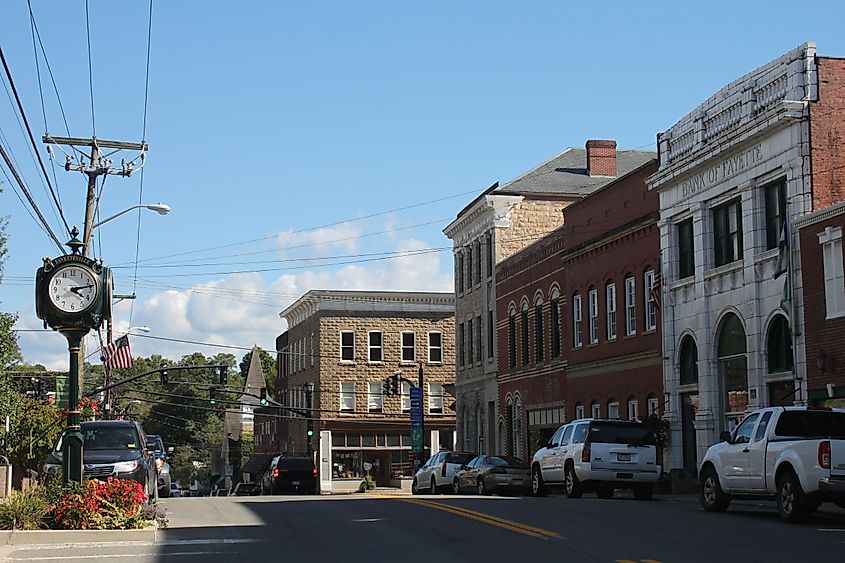
The birth and growth of Fayetteville are tied to the 19th century, when the nearby gorge was filled with businesses and people digging for coal. That hard-working energy never left. Take a stroll through the heart of its historic district, past all those old buildings stacked along Court Street. It will be pretty hard to miss the Fayette County Courthouse, right in the middle of town, its tall tower keeping an eye on people walking by.
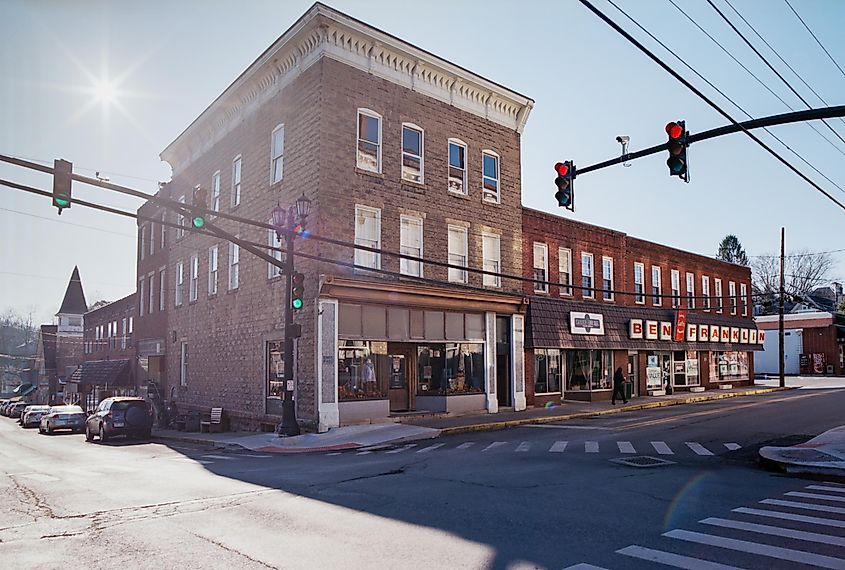
Try the Cathedral Café, inside what was once a church. Stained glass fills the room with color, and the tables are now places for friendly conversations instead of church services. If you are looking for inspiration, visit the Love Hope Center for the Arts. It is in an old heritage building and features artwork by a diverse range of Appalachian artists. If you are not afraid of heights, next up is the New River Gorge Bridge. Once October arrives, the town shuts down for Bridge Day, and the bridge is filled with market stalls. Parachutes open above the gorge while people crowd the railings to see the jumps.
Harpers Ferry
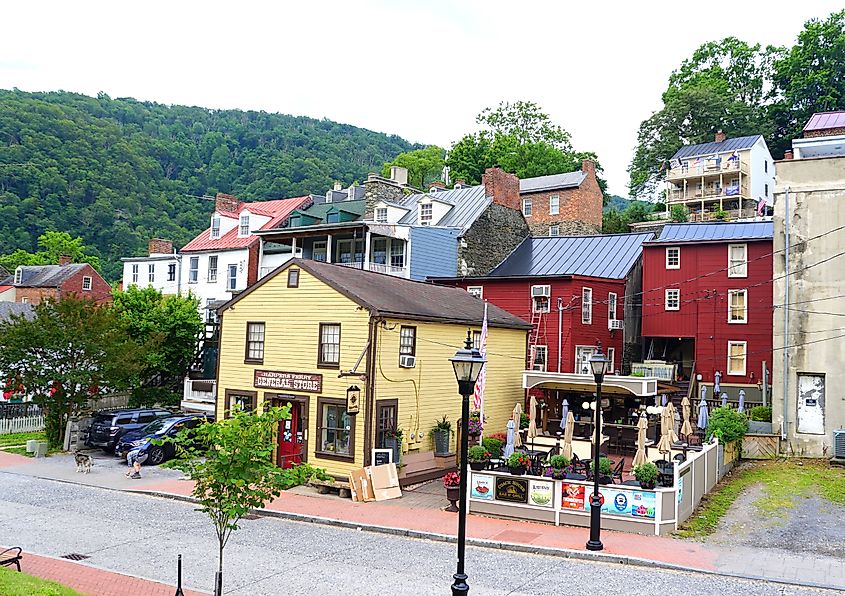
Curious about exploring one of the state’s oldest towns? Both locals and visitors are treated to a rich lineup of old-school landmarks to experience. Definitely swing by the town's historic district, packed with classic stone and brick buildings. You will want to check out John Brown’s Fort, since it's one of the top spots folks actually come to see. The small firehouse became known for Brown’s 1859 raid on the armory. If you want another choice, the Harper House claims its spot on a hill overlooking town, and it is actually the oldest structure still standing in town.
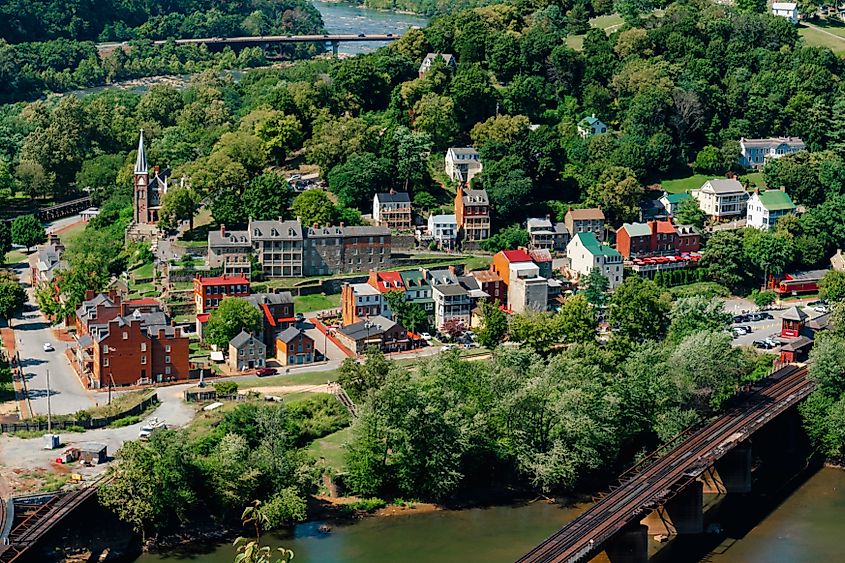
This entire neighborhood is within Harpers Ferry National Historical Park, where you can see the rebuilt Blacksmith Shop, which illustrates how ironwork fueled the local factories. Just around the corner, the Dry Goods Store is set up exactly as it once was, right from the days when canal boats and trains rolled in, moving goods from one coast to the center of the country. Trails snake out of town and rise to some memorable vantage points. From Harpers Ferry, you can trek along the paths that wind up to Jefferson Rock, getting incredible scenery, or push up to Maryland Heights for some leftover Civil War cannon locations.
Bramwell
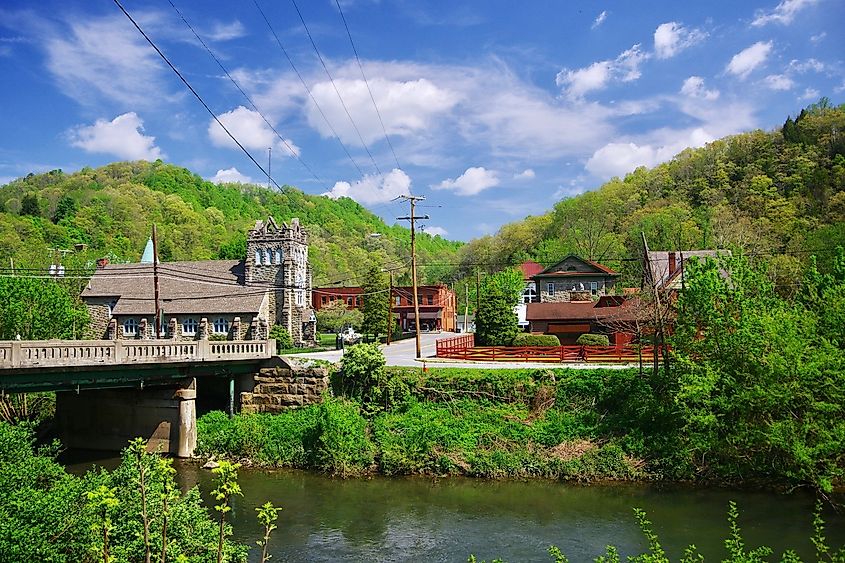
In the late 19th century, money began flowing into this town thanks to the coal industry, which transformed the mountains of southern West Virginia. Back then, it had more millionaires per capita than anywhere else in America. All of this wealth and glamour are still shining through at the Bramwell Historic District. There, you can find all sorts of historic spots, such as the Cooper House or Goodwill House, both of which are bold reminders of all the town’s coal prosperity.
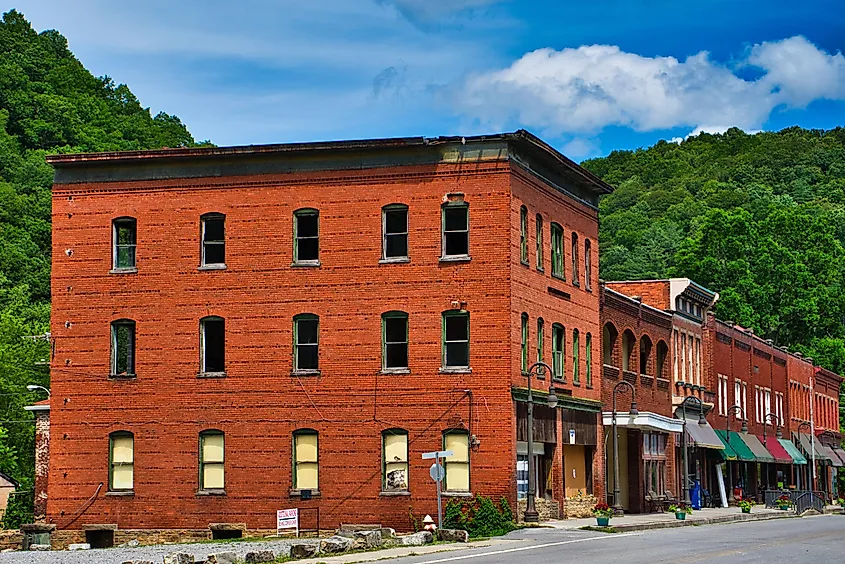
The Bramwell Depot, once a bustling train station, stands as a testament to how the railroads contributed to the community’s growth. For more historical learning, the Coal Heritage Trail Interpretive Center exhibits look at the stories of miners and the area’s evolving economy. Every June, people gather to honor the town's coal roots at the Bramwell Spring Tour of Homes, where those stately old mansions swing their doors open for visitors to step inside. A short stroll beside the twisting Bluestone River leads to its snaking arcs hugging the edges of town.
Historic Legacies in West Virginia’s Townscapes
West Virginia’s historic districts underscore how what came before continues to shape the present. From colonial beginnings to the scars left after the Civil War and the changes sparked by coal mining and the arrival of trains, these communities still hold on to the buildings and tales handed down. Meandering through these streets plugs you into the history, not just of the people, but of the places, too. So, learn some of West Virginia’s history by visiting the state's best historical districts.
